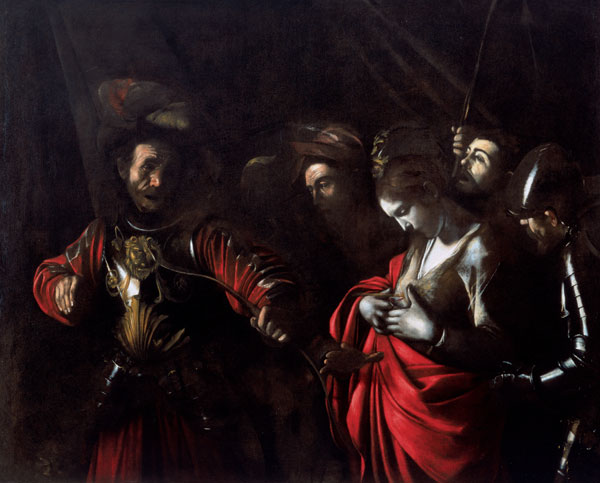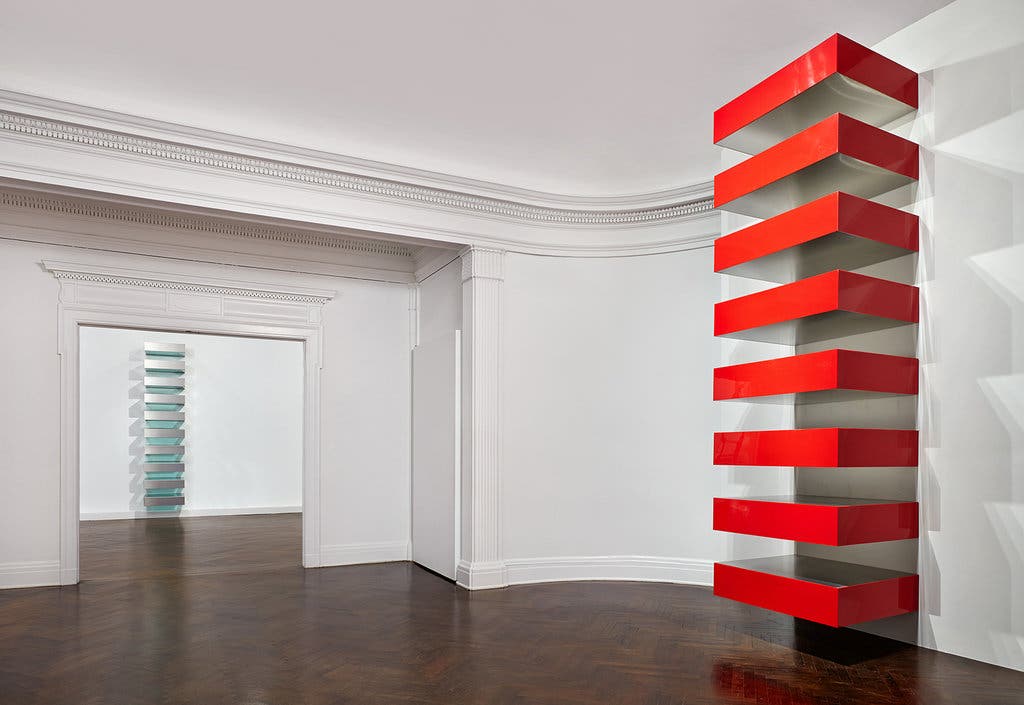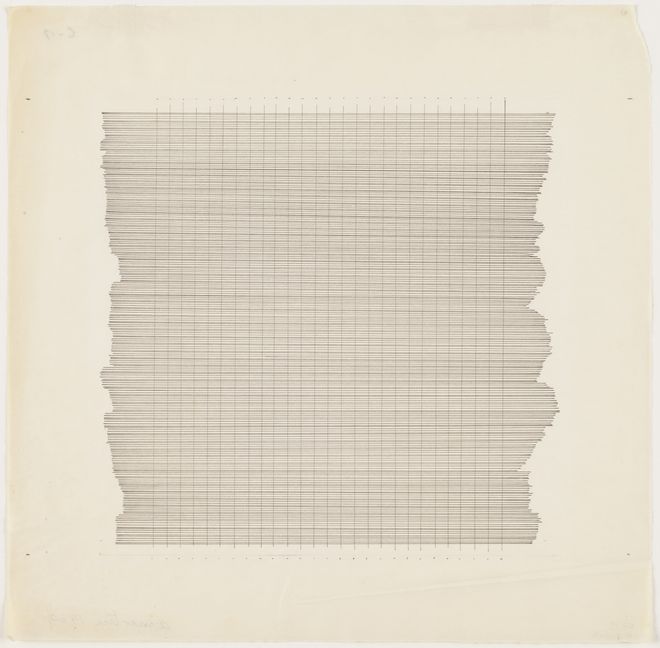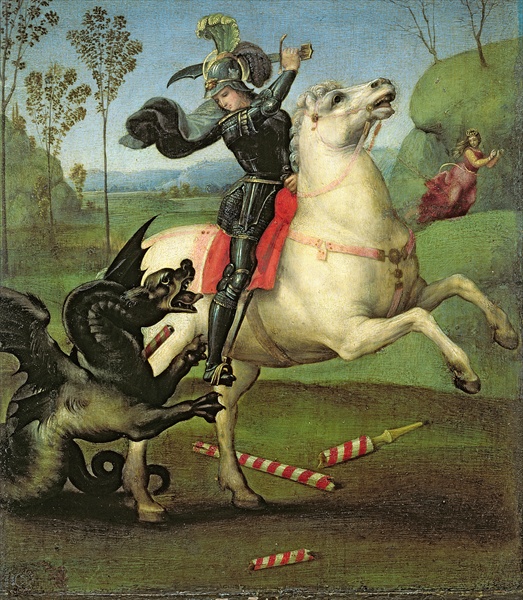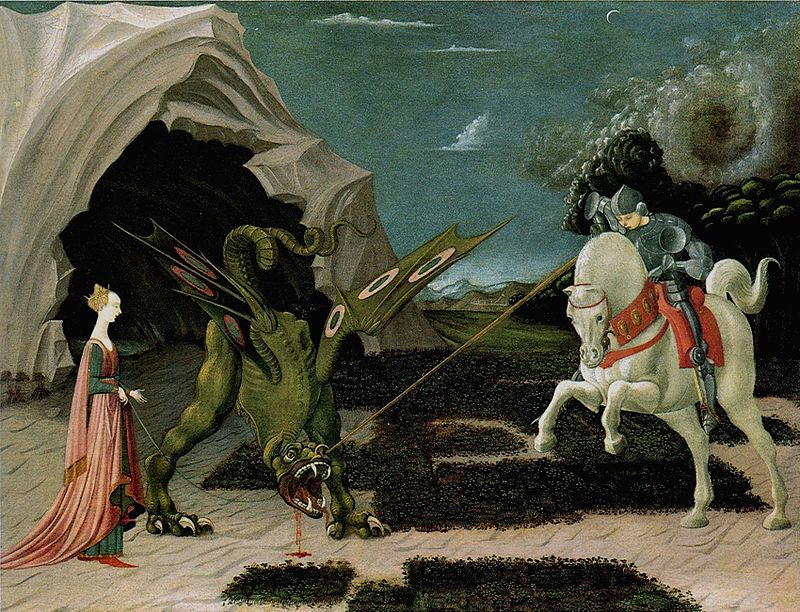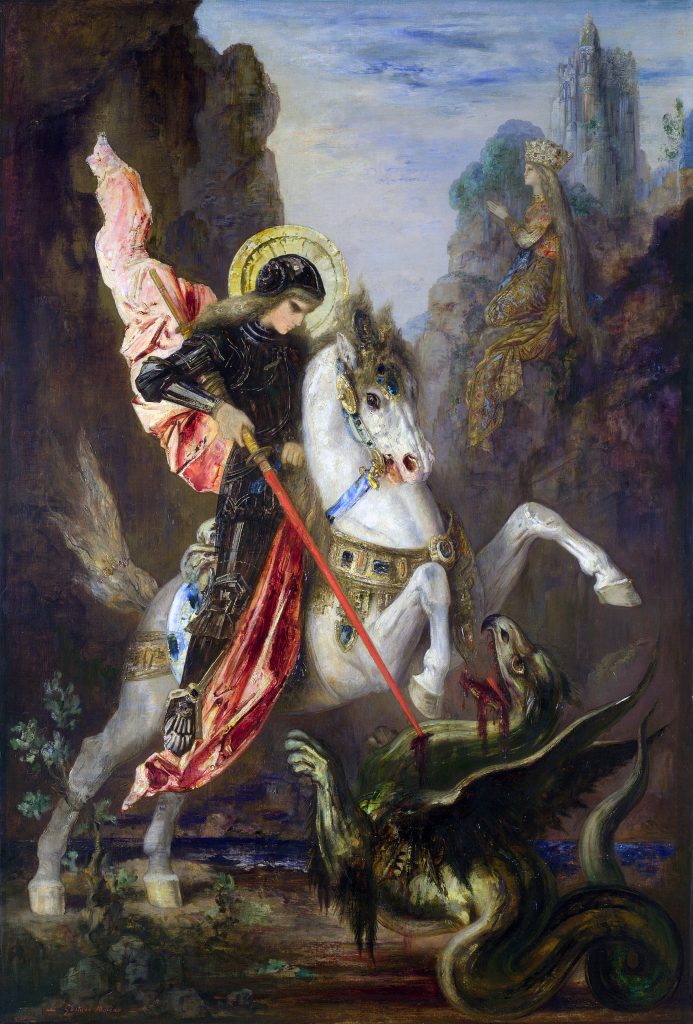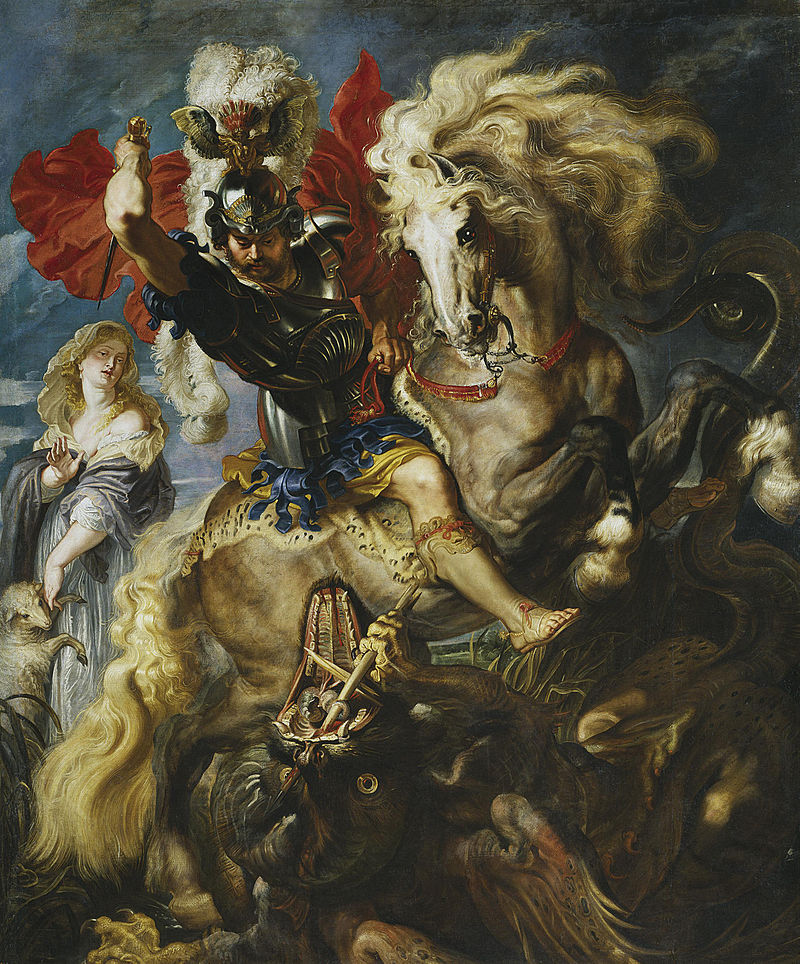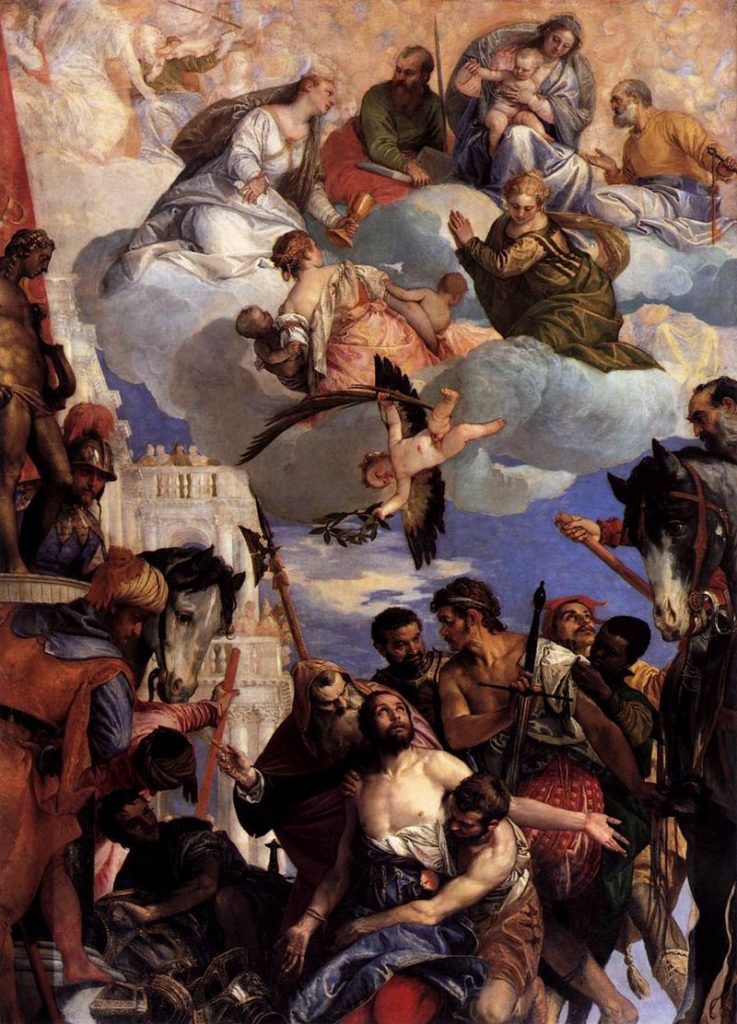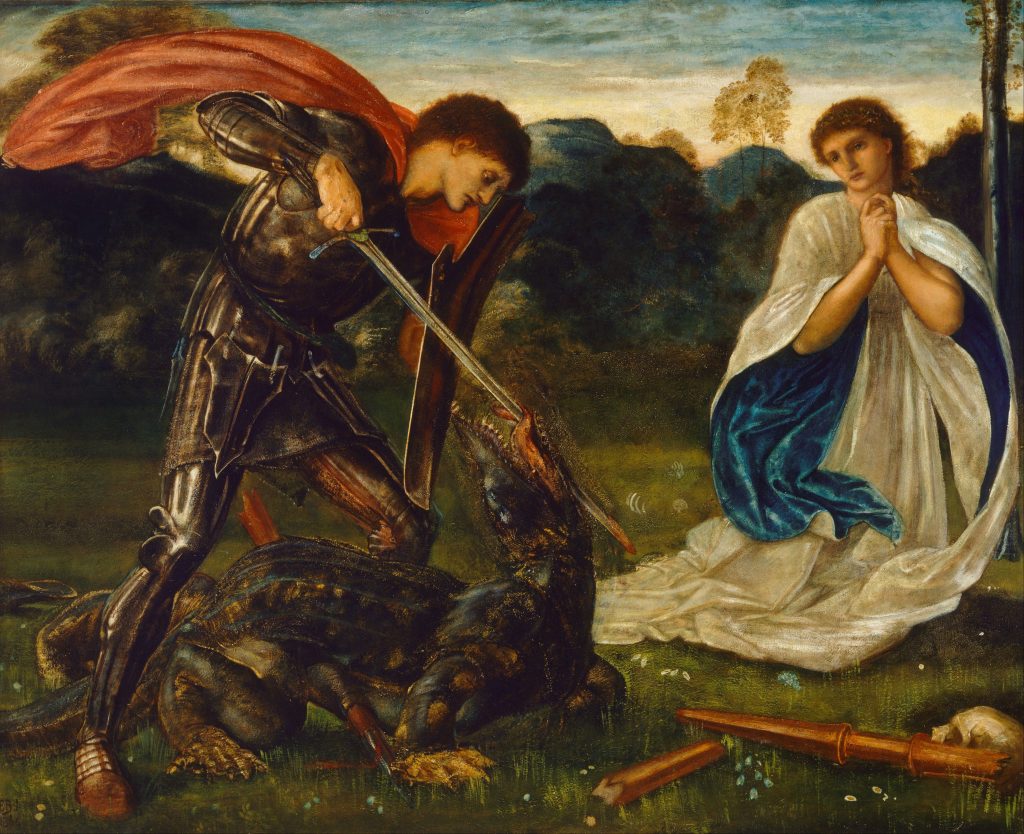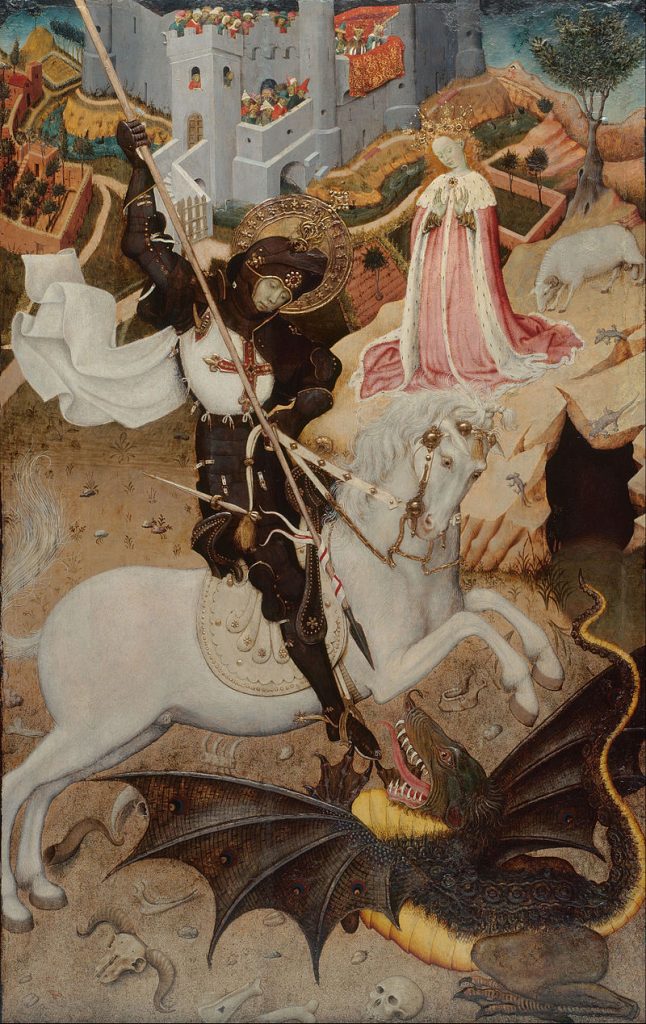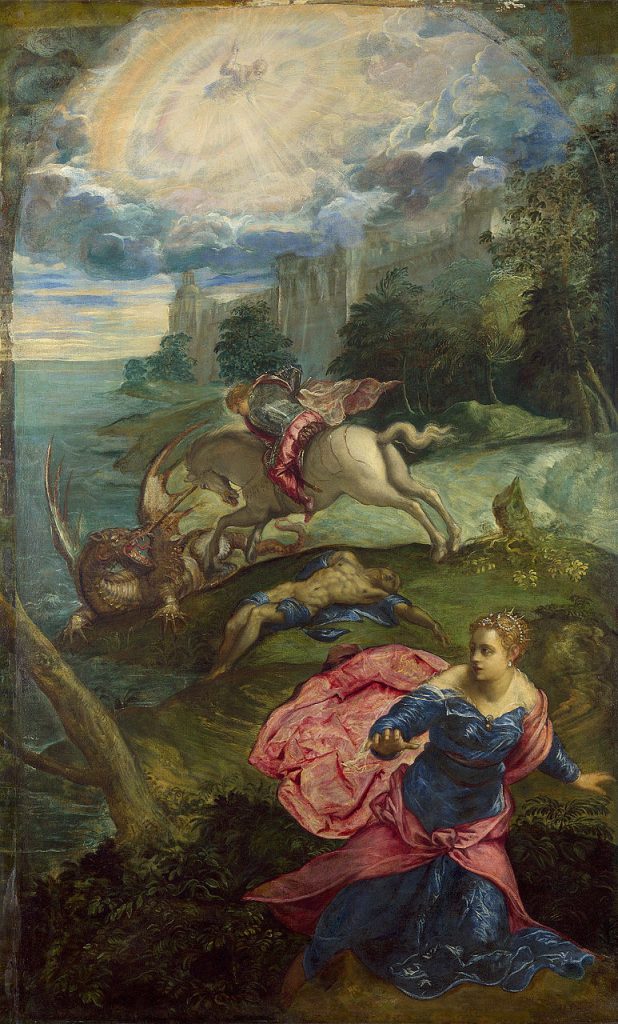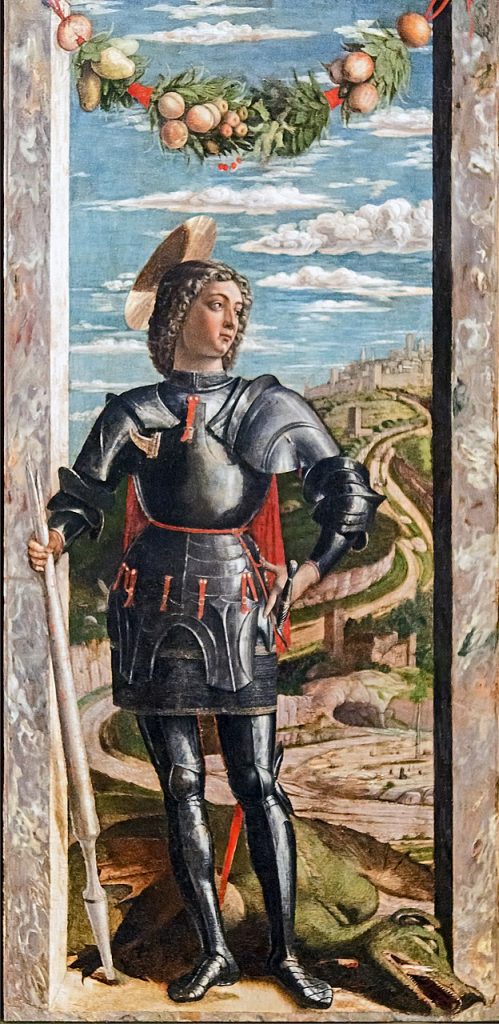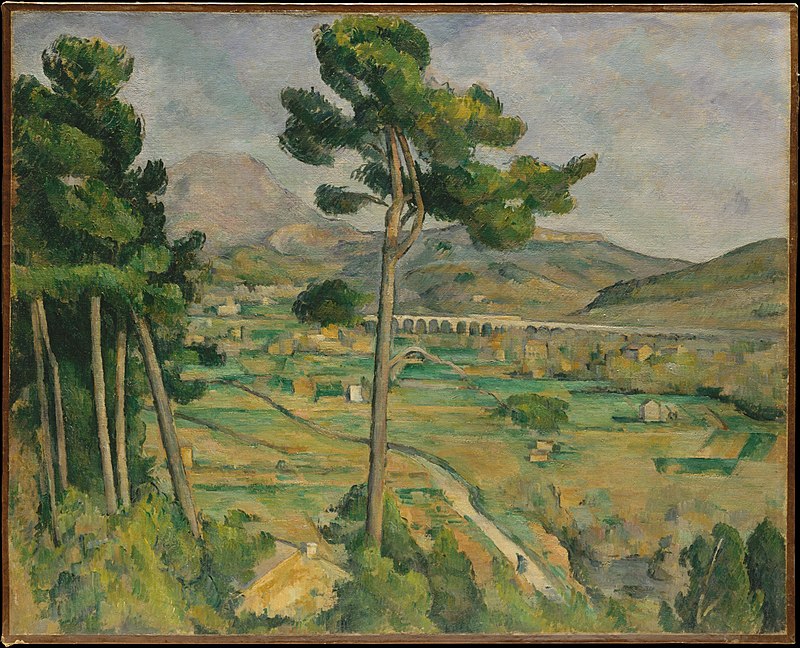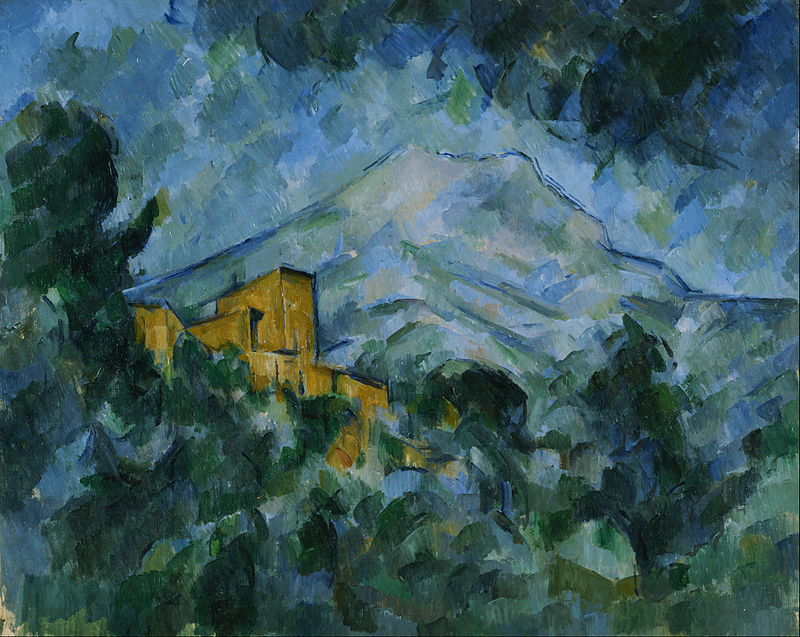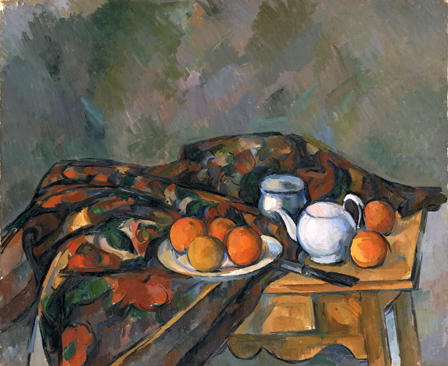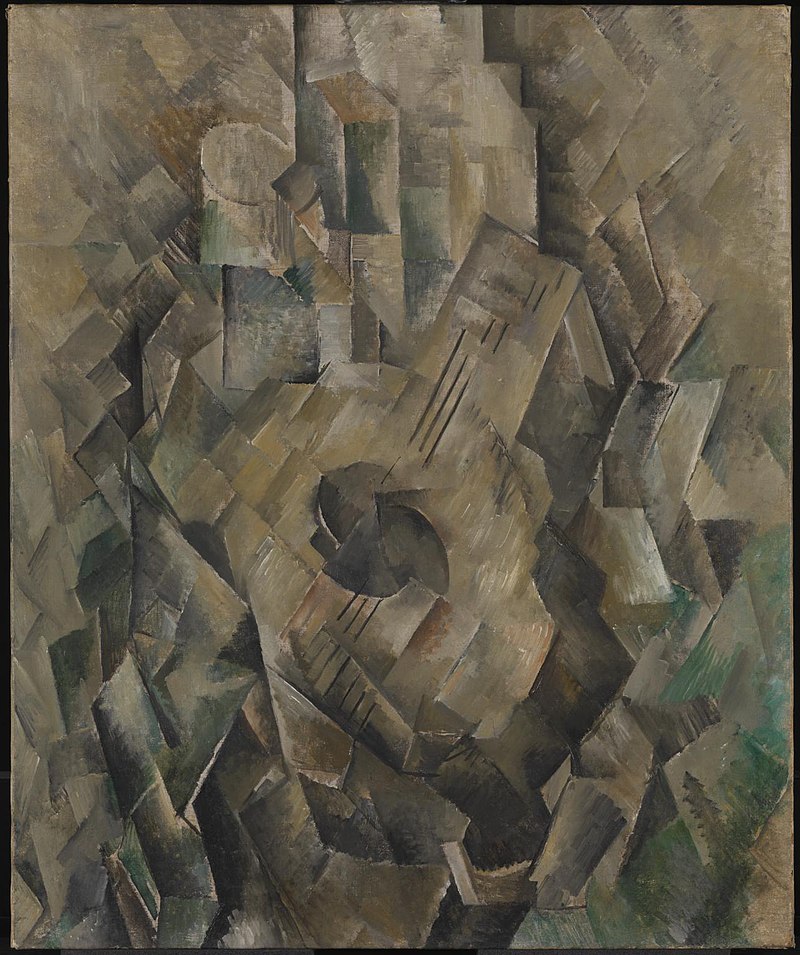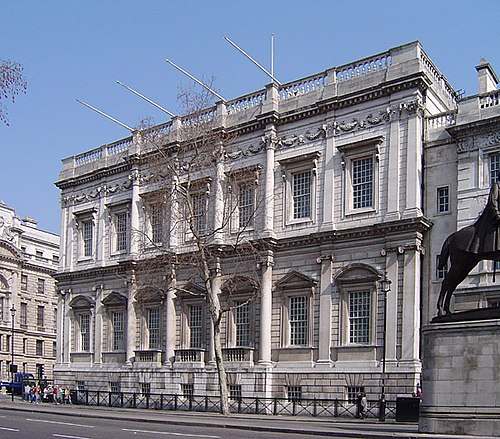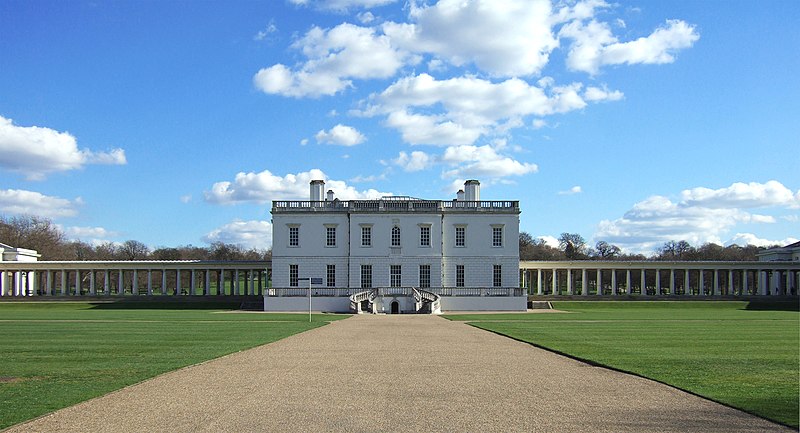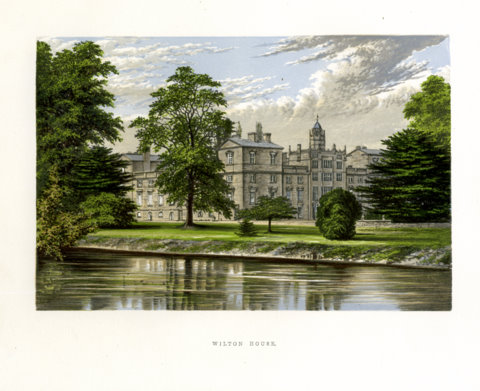Caravaggio was a prolific artist, but he didn’t create many large-scale works. His style was often characterized by intimate and intense compositions, focusing on dramatic scenes with a limited number of figures. However, there are a few artworks that can be considered relatively larger compared to his usual works. Here are five of the largest artworks by Caravaggio:

“The Entombment of Christ” (1602-1604): Size: Approximately 300 cm × 203 cm (9 ft 10 in × 6 ft 8 in) Location: Vatican Museums, Vatican City Description: This painting depicts the moment after the crucifixion of Jesus Christ when his body is being placed in the tomb. It is one of Caravaggio’s most emotionally charged works, featuring a group of figures mourning the death of Christ.

“The Taking of Christ” (1602): Size: Approximately 133.5 cm × 169.5 cm (52.6 in × 66.7 in) Location: National Gallery of Ireland, Dublin Description: Also known as “The Arrest of Christ,” this painting portrays the dramatic scene of Judas betraying Jesus with a kiss, leading to his arrest. The use of light and shadow in this artwork is typical of Caravaggio’s style.

“The Death of the Virgin” (1606): Size: Approximately 369 cm × 245 cm (12 ft 1 in × 8 ft) Location: Louvre Museum, Paris, France Description: This large-scale painting depicts the death of the Virgin Mary, surrounded by the apostles. Caravaggio’s realistic portrayal of the lifeless body of Mary and the emotional reactions of the apostles caused some controversy at the time.

“The Calling of Saint Matthew” (1599-1600): Size: Approximately 322 cm × 340 cm (10 ft 7 in × 11 ft 2 in) Location: Contarelli Chapel, San Luigi dei Francesi, Rome, Italy Description: This monumental altarpiece illustrates the moment when Jesus calls Matthew, the tax collector, to become his disciple. The use of light to draw attention to the figures is one of Caravaggio’s signature techniques.

“The Crucifixion of Saint Peter” (1600-1601): Size: Approximately 230 cm × 175 cm (7 ft 6.5 in × 5 ft 9 in) Location: Cerasi Chapel, Santa Maria del Popolo, Rome, Italy Description: Caravaggio painted this intense and emotional portrayal of the crucifixion of Saint Peter, depicting the saint’s inverted crucifixion at his request as he felt unworthy to die in the same manner as Jesus.
Please note that while these are among the larger artworks by Caravaggio, they are still relatively smaller compared to some other grand-scale paintings from different artists and time periods. Caravaggio’s genius primarily lay in his ability to create emotionally charged and innovative works on a more intimate scale.

